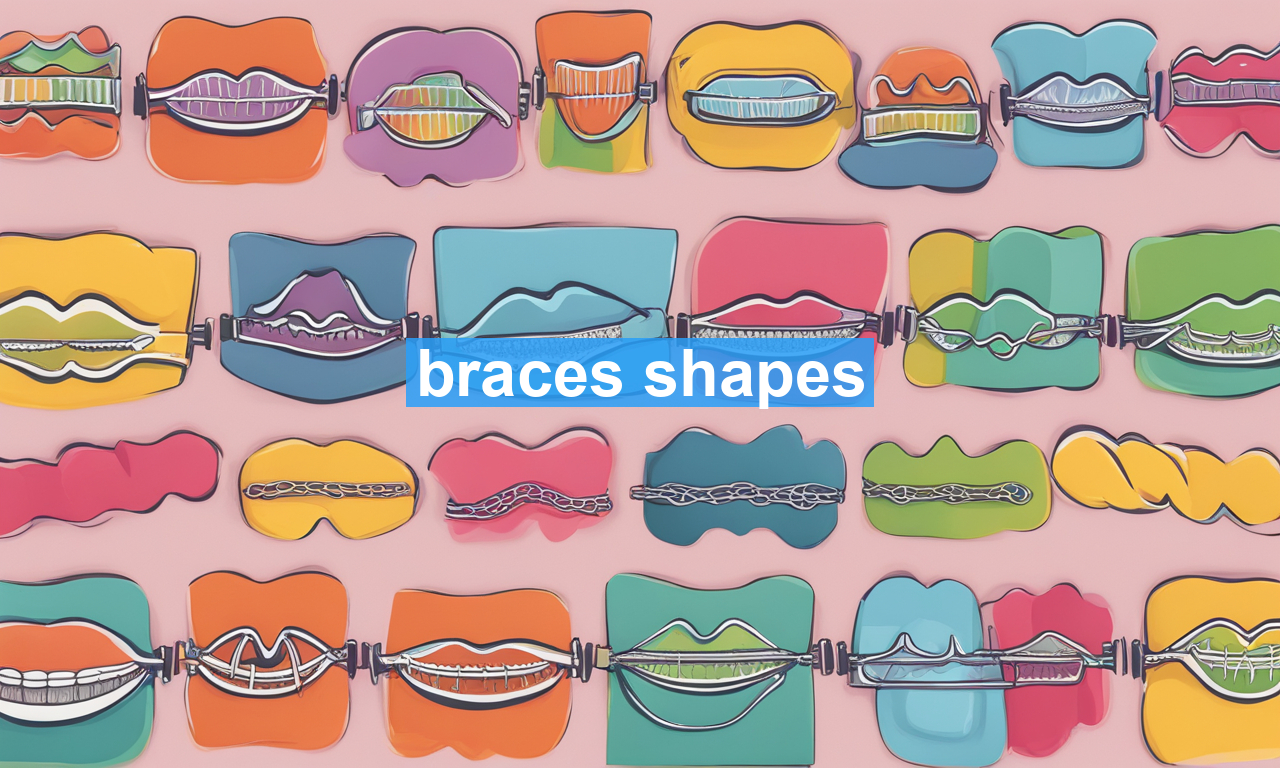When you hear the word “braces,” you probably think of the standard metal brackets that align your teeth into a perfect smile. But did you know that braces come in a variety of shapes and designs, each with unique benefits tailored to different orthodontic needs? The world of braces is far more diverse than most people realize, and understanding the different options can have multiple advantages—both for your oral health and your wallet.
Understanding Different Types of Braces
The evolution of braces has been remarkable. From the clunky metal bands of yesteryears to today’s state-of-the-art systems, the variety of options is extensive. Here, we will dive into some of the most popular types of braces and what makes each unique.
Traditional Metal Braces
These are the most common form of braces and have stood the test of time due to their effectiveness. Modern metal braces are far smaller and more comfortable than they once were, but they are highly noticeable due to their metallic appearance.
- Durability: They are made from high-quality stainless steel and are extremely effective for complicated orthodontic issues.
- Cost-Effective: They tend to be more affordable than other options.
- Significant Adjustments: Suitable for patients who need substantial dental corrections.
Ceramic Braces
These are similar in shape and size to metal braces but are designed to blend in with your teeth. Their brackets are made of a clear or tooth-colored ceramic material.
- Aesthetic Appeal: They are less noticeable than metal braces, making them a popular choice for adolescents and adults.
- Fragility: While effective, the ceramic material is more fragile and can break more easily.
- Cost: They tend to be more expensive than traditional metal braces.
Lingual Braces
If you’re looking for invisible treatment, lingual braces might be the answer. These braces are fitted behind your teeth, making them invisible from the outside.
- Discretion: Completely invisible, making them ideal for adults and professionals who are conscious of their appearance.
- Comfort: Initially more uncomfortable as they rest against the tongue and may affect speech.
- Customization: Each set of braces is custom-made to snugly fit behind your teeth.
For an in-depth look at various types of braces, you can visit this comprehensive guide by Colgate.
Innovative Designs and Shapes
Orthodontic innovations have introduced designs that cater to different needs, including self-ligating braces and Invisalign, which leverage unique designs for improved efficacy and comfort.
Self-Ligating Braces
Similar in appearance to traditional braces, these utilize self-ligating brackets that hold the wire in place without the need for elastic bands.
- Speed: They often reduce treatment time and require fewer adjustments.
- Comfort: Cause less friction and are more comfortable for wearers.
- Hygiene: Easier to clean since they don’t have elastics that trap food.
Invisalign
These clear aligners are a modern and popular option for those looking for an almost invisible way to improve their smile. They are made of a patented thermoplastic material that is custom-fit to the wearer’s teeth.
- Removability: Can be taken off for eating, drinking, and special occasions.
- Custom Fit: Typically changed every 1-2 weeks to align with the treatment plan.
- Invisibility: The aligners are clear and difficult to notice.
To learn more about how Invisalign works, check out the detailed explanation at WebMD’s guide on clear aligners.
Choosing the Right Braces for Your Needs
Ultimately, the ideal type of braces for you will depend on your unique dental issues, lifestyle, aesthetic preferences, and budget. Dental consultations are invaluable for getting professional advice on the best treatment options. Orthodontists will recommend a personalized treatment plan to achieve that picture-perfect smile comfortably and effectively.
Here are a few questions you might consider when consulting with your orthodontist:
- What are the pros and cons of each type of braces?
- How long is the expected treatment time for each option?
- What are the cost implications?
- How do the maintenance and hygiene requirements differ?
For more insights on dental considerations, you can explore the resources provided by the American Association of Orthodontists.
Embrace a New Smile with Confidence
Braces come in all shapes, sizes, and types, providing a tailored approach to correcting teeth alignment. Whether you opt for traditional metal braces, discreet ceramic options, or state-of-the-art Invisalign, being well-informed about your choices can lead to better outcomes and a rewarding investment in your oral health. Discover the perfect shape and style of braces that fit your needs and transform your smile with confidence!

